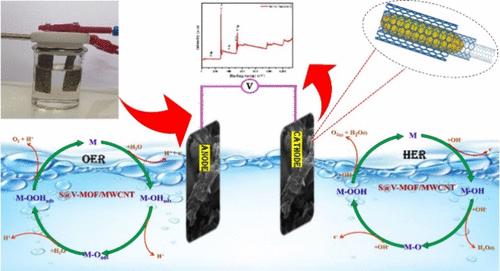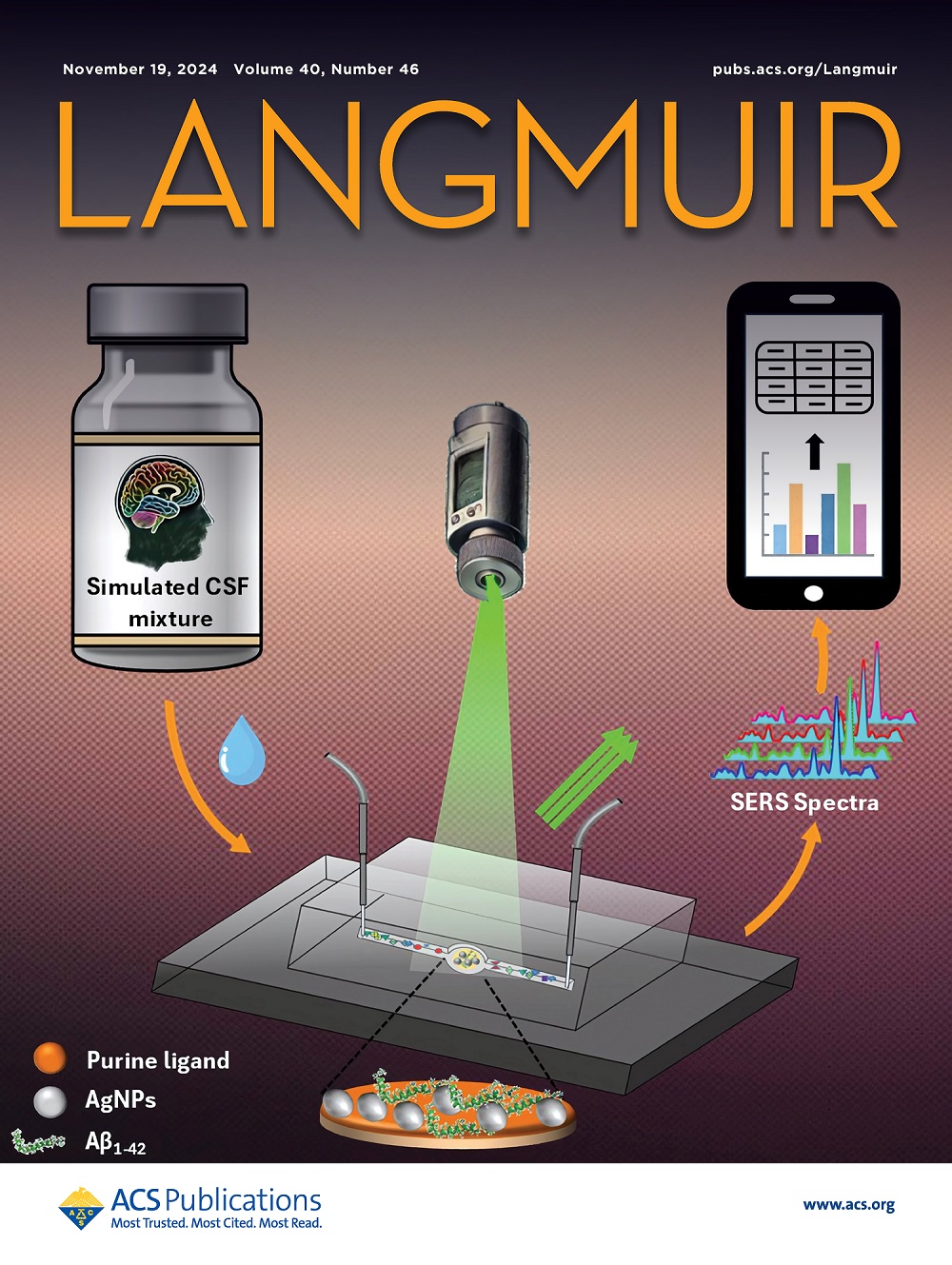Hierarchical S-Doped Vanadium MOFs with Multiwalled Carbon Nanotubes: A Robust Bifunctional Catalyst for Efficient Water Electrolysis
IF 3.7
2区 化学
Q2 CHEMISTRY, MULTIDISCIPLINARY
引用次数: 0
Abstract
Developing nonprecious metal-based electrocatalysts with exceptional activity and durability for water electrolysis remains a significant challenge. Herein, we report a highly efficient bifunctional electrocatalyst composed of sulfur-doped vanadium metal–organic frameworks (S@V-MOF) integrated with multiwalled carbon nanotubes (MWCNTs) to promote the synergistic effect between S@V-MOF and MWCNTs and modulate the electronic structure of the catalyst, which eventually enhanced its electrocatalytic performance. The S@V-MOF/MWCNT catalyst loaded at the Ni foam electrode exhibits remarkable activity for both the hydrogen evolution reaction (HER) in acidic media and oxygen evolution reaction (OER) in alkaline media, requiring overpotentials of 48 and 227 mV, respectively, to reach a current density of 10 mA cm–2. Notably, when employed as a bifunctional catalyst in a two-electrode overall water splitting electrochemical cell, the S@V-MOF/MWCNT catalyst-loaded electrode delivers an outstanding cell voltage of 1.53 V at 10 mA cm–2 with exceptional durability. This work provides a promising strategy for designing cost-effective and efficient electrocatalysts for water electrolysis.

求助全文
约1分钟内获得全文
求助全文
来源期刊

Langmuir
化学-材料科学:综合
CiteScore
6.50
自引率
10.30%
发文量
1464
审稿时长
2.1 months
期刊介绍:
Langmuir is an interdisciplinary journal publishing articles in the following subject categories:
Colloids: surfactants and self-assembly, dispersions, emulsions, foams
Interfaces: adsorption, reactions, films, forces
Biological Interfaces: biocolloids, biomolecular and biomimetic materials
Materials: nano- and mesostructured materials, polymers, gels, liquid crystals
Electrochemistry: interfacial charge transfer, charge transport, electrocatalysis, electrokinetic phenomena, bioelectrochemistry
Devices and Applications: sensors, fluidics, patterning, catalysis, photonic crystals
However, when high-impact, original work is submitted that does not fit within the above categories, decisions to accept or decline such papers will be based on one criteria: What Would Irving Do?
Langmuir ranks #2 in citations out of 136 journals in the category of Physical Chemistry with 113,157 total citations. The journal received an Impact Factor of 4.384*.
This journal is also indexed in the categories of Materials Science (ranked #1) and Multidisciplinary Chemistry (ranked #5).
 求助内容:
求助内容: 应助结果提醒方式:
应助结果提醒方式:


